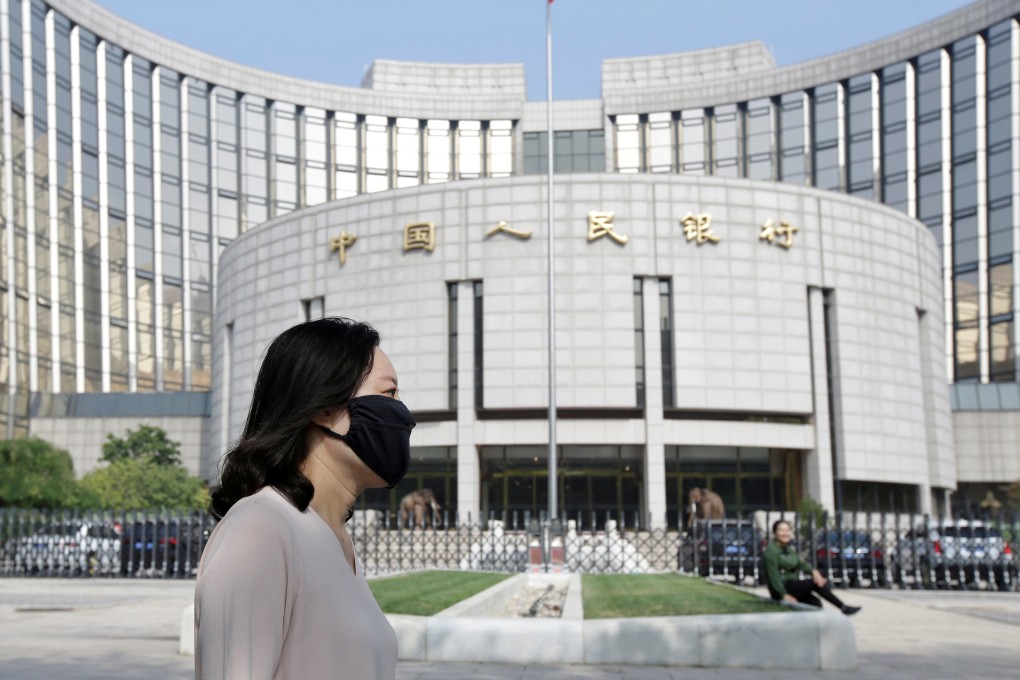Coronavirus recovery: China’s prudent monetary policy shows where smart money is
- In other major economies, central banks’ response to Covid-19 has been a dramatic loosening of monetary policy, but China’s central bank has been more nuanced
- The recovery of China’s economy has proceeded without the PBOC going all-in, leaving it more options to use in the future

Given that China is the world’s biggest market, retail sales matter but consumers can’t buy products if the production chain isn’t functioning. Additionally, the Chinese workers who power China’s industrial output are also consumers. The more secure that workforce feels, the likelier it is those workers start to spend.
Of course, there is a risk if industrial production gets ahead of the real economy. It could have a disinflationary impact on factory gate prices and then feed into the core consumer price index.

05:02
Coronavirus backlash further fraying China’s ties to global economy
Albert Edwards, global strategist at French bank Societe Generale, noted last week that there was “a slump in China’s core CPI inflation in July to only 0.5 per cent [year on year] versus a 0.9 per cent rise in June” and that China’s gross domestic product “deflator dropped into deflation” in the second quarter.
